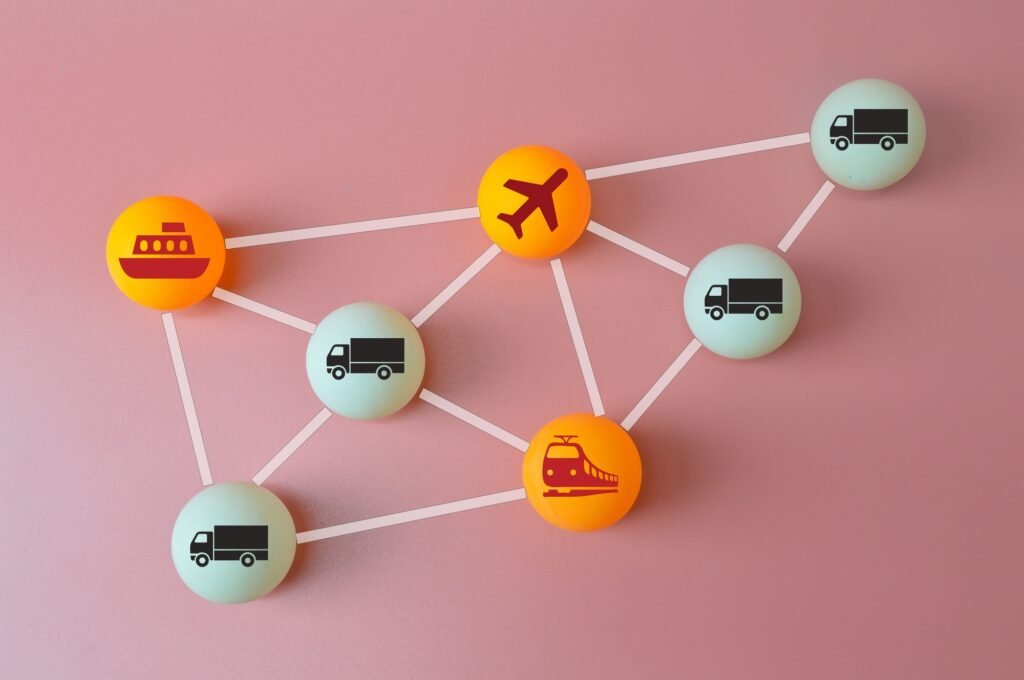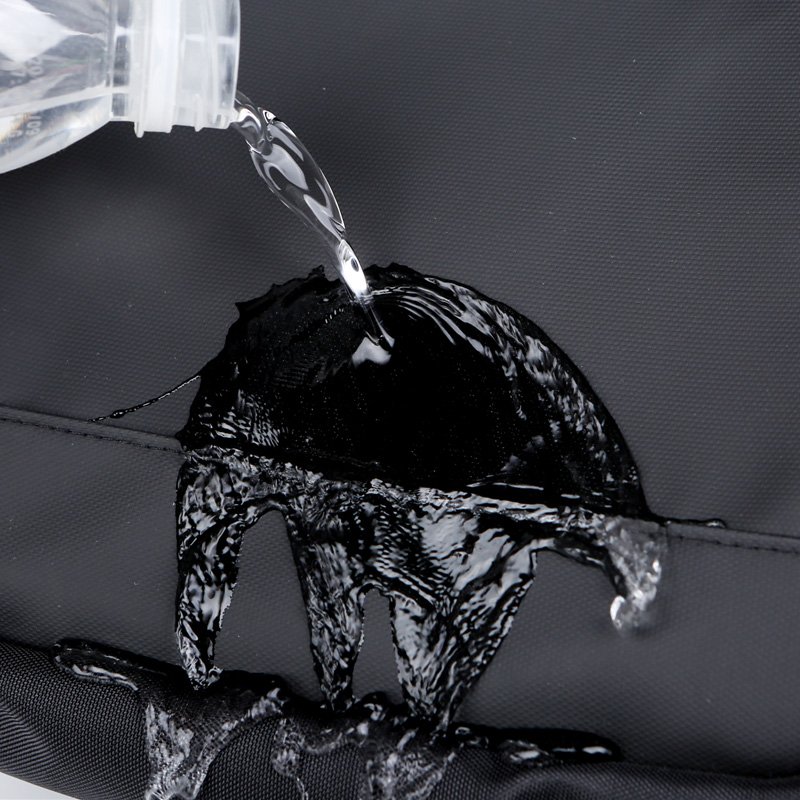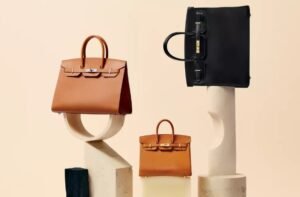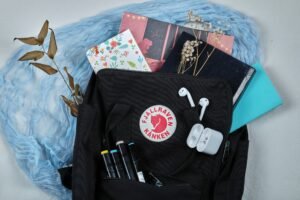The current international trade environment is volatile and risks are increasing, and the backpack industry is not immune to it. In addition to material, labor, environmental protection, and logistics costs, backpack manufacturers have to be affected by international politics.
1.Market size and growth trend
The global backpack market size will be approximately US$18.66 billion in 2024, a continued increase from 2023; it is expected to increase to US$20.30 billion in 2025 and reach US$37.45 billion by 2032, with a compound annual growth rate (CAGR) of approximately 9.14%.

2.Backpack Types and Price Ranges
| Type | Market size | Wholesale price range (USD) |
| Leisure/Day Use Backpacks | Largest Market Share | Entry-level: <40; Mid-range: 40–100; High-end: >100 |
| Outdoor/sports backpacks | $5.41 billion (2022) | Mid-range: $50–$120; High-end: $120–$300 |
| Hiking/mountaineering backpacks | $5.1 billion (2023) | Mid-range: $60–$150; High-end: $150–$400 |
| Smart (technological) backpacks | $1.2 billion (2023) | Mid-range: $80–$200; High-end: $200–$500+ |
3.Major producing countries and enterprise capacity
- China accounts for more than 60% of the global backpack production. It has a complete industrial chain and large backpack manufacturers (such as OIWAS and BANGE), with an annual output of tens of millions of backpacks. Its advantages lie in scale and rapid prototyping; challenges include rising labor costs and quality fluctuations in some small and medium-sized factories.
- Vietnam benefits from cheap labor and trade agreements such as EVFTA/CPTPP. A single factory can produce up to 100,000 units per month, but the local accessories supply chain is insufficient and still relies on imports, which brings logistics and cost pressures.
- Bangladesh and India: Bangladesh has rapidly expanded its production capacity based on the garment industry, with obvious cost advantages; India has abundant local raw materials (cotton and nylon), and its production capacity is small but growing rapidly, mainly serving the local and Middle East and North Africa markets.
- High-end European and American brands: Patagonia, The North Face, Samsonite and other brand factories focus on environmental protection and ESG, but the unit cost is high and the production capacity is limited.
Large Capacity Casual Laptop Backpack with Customized LOGO
| Model Number | BLH-5022-45 |
| Dimensions | 42CM*29CM*14CM |
| Weight | 0.8KG |
| Material | Oxford |
| Color | Black/Grey |
| Logo | Accept Customized Logo(Heat Transfer Print, Laser light Print, Metal, Embroider, Rubber) |
4.Material cost and influencing factors
- Fabric cost: 600D polyester is about 2.5-5 USD/m, 1680D nylon is about 8-12 USD/m.
- Special treatment: PU/TPU coating, water repellent, etc. can add an additional 10%-30% cost; eco-certified fabrics (GOTS, Recycled) are more expensive and have a longer procurement cycle.
- Hardware accessories: YKK zippers and custom buckles add 1-5 USD per backpack; the cost is higher in small batches.
5.Trade Policy and Tariff Impact
- Tariff costs: The United States imposes a 10% tariff on backpacks made in China, and a 25% tariff on steel and aluminum accessories; the EU carbon border tax may be extended to textiles.Chinese backpack manufacturers need to prepare for a long-term response.
- Diversified layout: Brands have dispersed orders to Vietnam, Bangladesh, and India, and pre-positioned inventory in major markets to avoid tariffs and geopolitical risks.
6.Challenges of International Logistics and Supply Chain
- Port congestion and freight rates: Ocean freight rates on major routes have increased by 40%–70% compared to before the pandemic, and port congestion has extended delivery times by 1–3 weeks.
- Trade-offs in transport modes: Ocean freight is economical but slow, while air freight is fast but costly; sea-air combined transport and regional warehousing are common compromise strategies.
- Sustainable logistics: Some brands use low-speed ocean freight or carbon offset measures, but this will extend delivery cycles and increase overall costs.

7. Quality hazards and brand risks
In recent years, third‑party durability testing organizations, such as Consumer Reports, have occasionally found structural fatigue, loose hinges, or cracks in some small hard‑shell luggage and backpacks during vibration and drop tests.
These problems grow more pronounced after multiple consecutive impacts.
Although no specific names came up, industry insiders noted that a few high‑end brands underperformed in extreme impact tests.
They advise purchasers to focus on vibration resistance and protective performance when evaluating samples.
Furthermore, brand recall incidents—like Samsonite’s early recall over excessive chemical substances—underscore the need for companies to reinforce quality control from the source through every step of production.
8.Changes in consumption trends
- Michael Kors leaned heavily on discount channels, and full‑price sales dropped by 25% since 2016.
- The CEO even admitted in court documents that this strategy severely damaged the brand’s value.
- To turn things around, Capri Holdings shifted its pricing strategy and introduced mid‑range price points.
- They also reopened their official e‑commerce channels to rebuild margins.
- However, these changes risk diluting Michael Kors’ high‑end image.
- Under discount pressure, “small and beautiful” light luxury brands double down on a “quiet luxury” stance.
- They keep their premium by limiting sales and choosing selective channels.
- In contrast, popular light luxury labels that rely on traditional department‑store discounts face brand fatigue.
- These discount‑driven brands risk losing traction and alienating consumers.
Overall Outlook and Suggestions
- Strengthen quality testing: Add vibration, impact and extreme environment testing at the sample stage to ensure key performance.
- Supply chain diversification: Combine the advantages of backpack manufacturers in various countries to reduce single dependence and tariff risks.
- Intelligent inventory management: Pre-stock based on demand forecast to balance cost and timeliness.
- Refined brand positioning: Light luxury brands should optimize channel strategies, reduce reliance on discounts, and enhance brand loyalty through limited quantities and membership systems.




